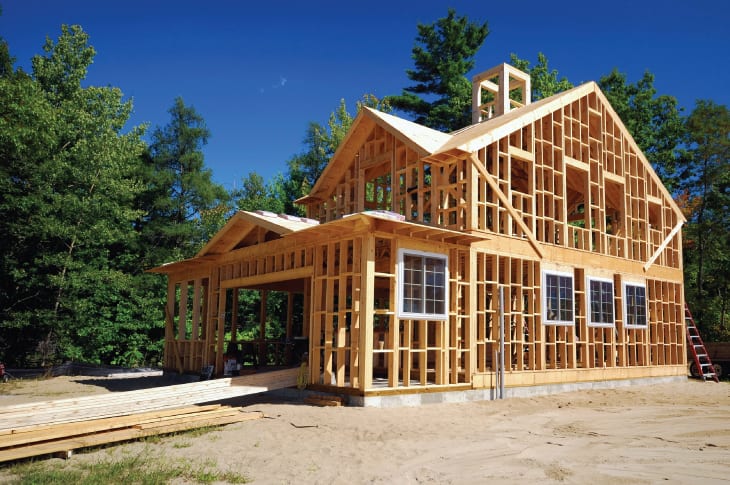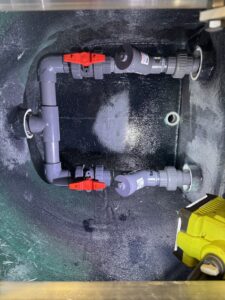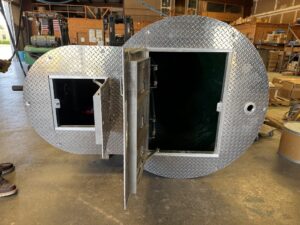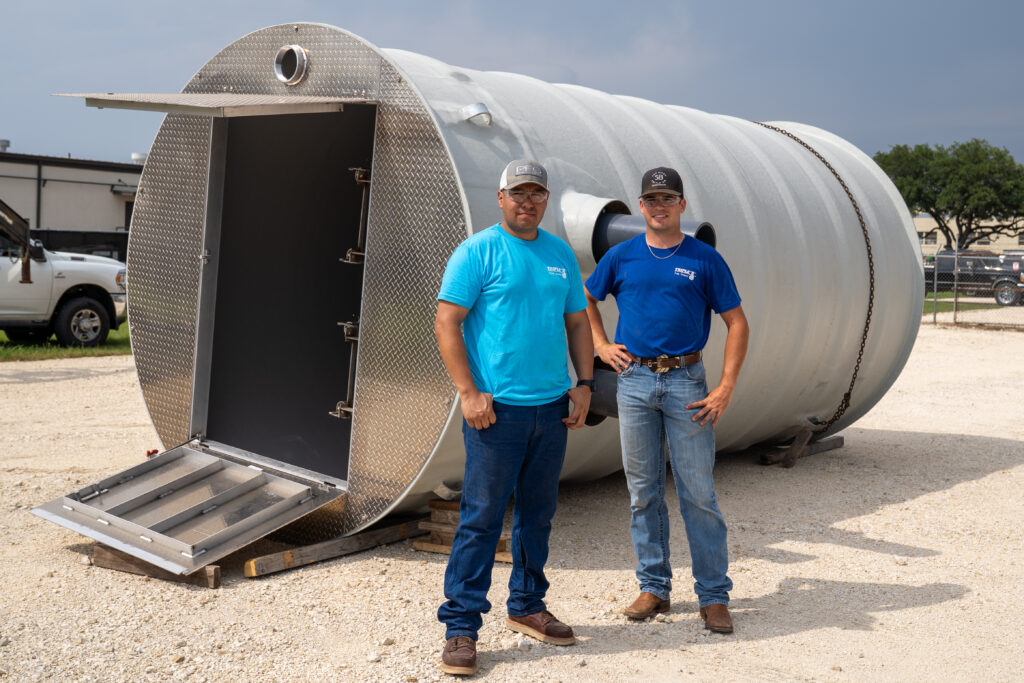As cities and communities continue to expand, the need for efficient wastewater management systems has never been greater. One critical component of this infrastructure boom is the lift station. A sewer lift station system is designed to move wastewater from lower to higher elevations when gravity flow alone isn’t enough. The growing demand for lift stations is being driven by rapid urbanization, industrial development, and an increased focus on sustainable and reliable infrastructure.
Urban Growth and Infrastructure Expansion
Across the United States and beyond, urban areas are spreading into regions with challenging topography. These new developments often sit below the main sewer lines, making gravity-fed systems impossible without assistance. Lift stations solve this problem by pumping wastewater uphill to treatment plants or main sewer systems/ They can enable development in areas that would otherwise be unsuitable for construction.
As housing subdivisions, commercial complexes, and industrial parks continue to expand, municipalities are investing heavily in new lift stations and upgrades to existing ones. This ensures reliable wastewater transport, prevents backups, and supports growing populations.
Aging Infrastructure Replacement
Many cities are facing another issue—aging sewer infrastructure. Lift stations built decades ago are nearing the end of their service lives. They are often built with outdated technology, inefficient pumps, or unreliable control systems. Replacing and modernizing these stations has become a top priority for public works departments. By upgrading their lift station and pumps they can cut maintenance costs, avoid failures, and meet updated environmental standards.
Modern lift stations now include smart monitoring systems, energy-efficient pumps, and corrosion-resistant materials, all designed to improve performance and extend equipment lifespan.
Industrial and Commercial Growth
It’s not just municipalities driving demand. Industrial and commercial facilities, such as manufacturing plants, food processing facilities, and large retail centers rely on lift stations to handle wastewater efficiently. As these sectors continue to grow, the need for custom-engineered pump systems tailored to unique flow and load requirements is rising as well.
Triple D Pump provides tailored lift station solutions for a variety of applications, ensuring that each system meets the client’s specific flow, head, and reliability needs.
Environmental and Regulatory Factors
With stricter environmental regulations in place, municipalities and industries are under greater pressure to prevent sewer overflows and contamination. Properly designed and maintained lift stations help achieve compliance by ensuring consistent, controlled flow through wastewater systems.
Additionally, sustainability initiatives are driving the adoption of energy-efficient designs and automated controls that minimize energy consumption and environmental impact.
Technology Advancements Fueling Demand
New technologies are transforming how lift stations are designed, built, and maintained. CAD design, remote monitoring, and predictive maintenance systems allow operators to track performance in real-time. The software can also identify potential issues before they cause costly downtime. These innovations not only increase system reliability but also make lift stations more cost-effective in the long run.
The growing demand for lift stations is a clear. Population growth, infrastructure modernization, and the global shift toward smarter, more sustainable wastewater management is needed. As cities evolve and industries expand, the need for efficient, reliable lift station solutions will only continue to rise.
Whether for a small residential development or a large industrial project, lift stations play a vital role in keeping wastewater systems flowing smoothly. Triple D Pump can help deliver dependable, long-lasting solutions to meet this growing need.










